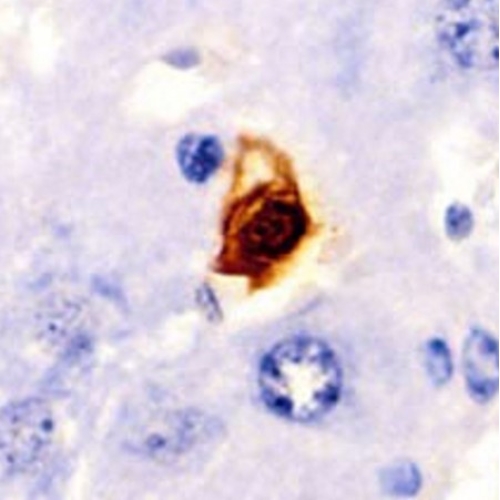Key points from article :
As we age, senescent cells accumulate, when an initial (primary) senescent cell turns a neighboring cell senescent through its SASP secretion.
Scientists have discovered that secondary senescent cells are resistant to classic senolytic drugs.
This allows them to escape treatments that cause primary senescent cells to self-destruct.
They have identified a new senolytic strategy, the Iron fist, that kills secondary senescent cells along with the ones hit by first-generation senolytics,
This is based on their abnormal metabolism of unbound iron in a highly-reactive state.
The SRF team has secured p16-3MR mice for the study.
SRF scientists’ tests confirmed that senescent cells accumulate very high levels of iron.
They found that senescent cells were not hoarding all that iron in highly reactive ferrous iron in its free or “labile” form.
Later found, both primary and secondary cells underwent a programmed cell death called ferroptosis.
Scientists tested two drugs that are known to push cells into ferroptosis
1. (RSL3) was no more effective at killing senescent cells than nonsenescent ones.
2. (FIN56) acted like a classic senolytic drug, killing senescent cells while having little effect on nonsenescent ones.
FIN56 was equally effective against primary and secondary senescent cells.
A clever “smart bomb” that is triggered not by senescent cells’ metabolic activity, but by those labile redox-active iron atoms, was found by Tesfahun Admasu, the lead scientist.
The drug is called TRX-CBI.
The study was carried out at SRF and was published in Cell Reports.







